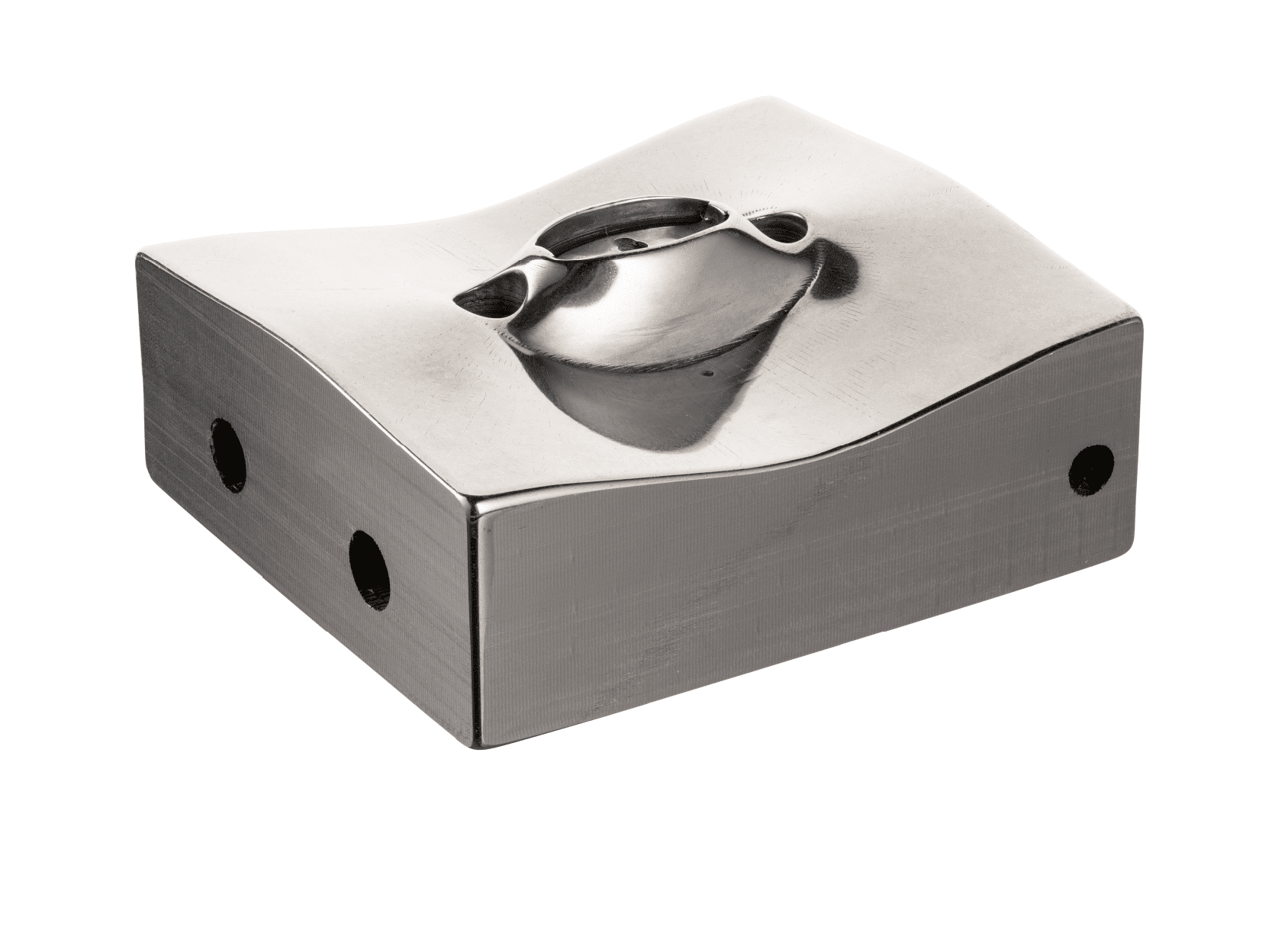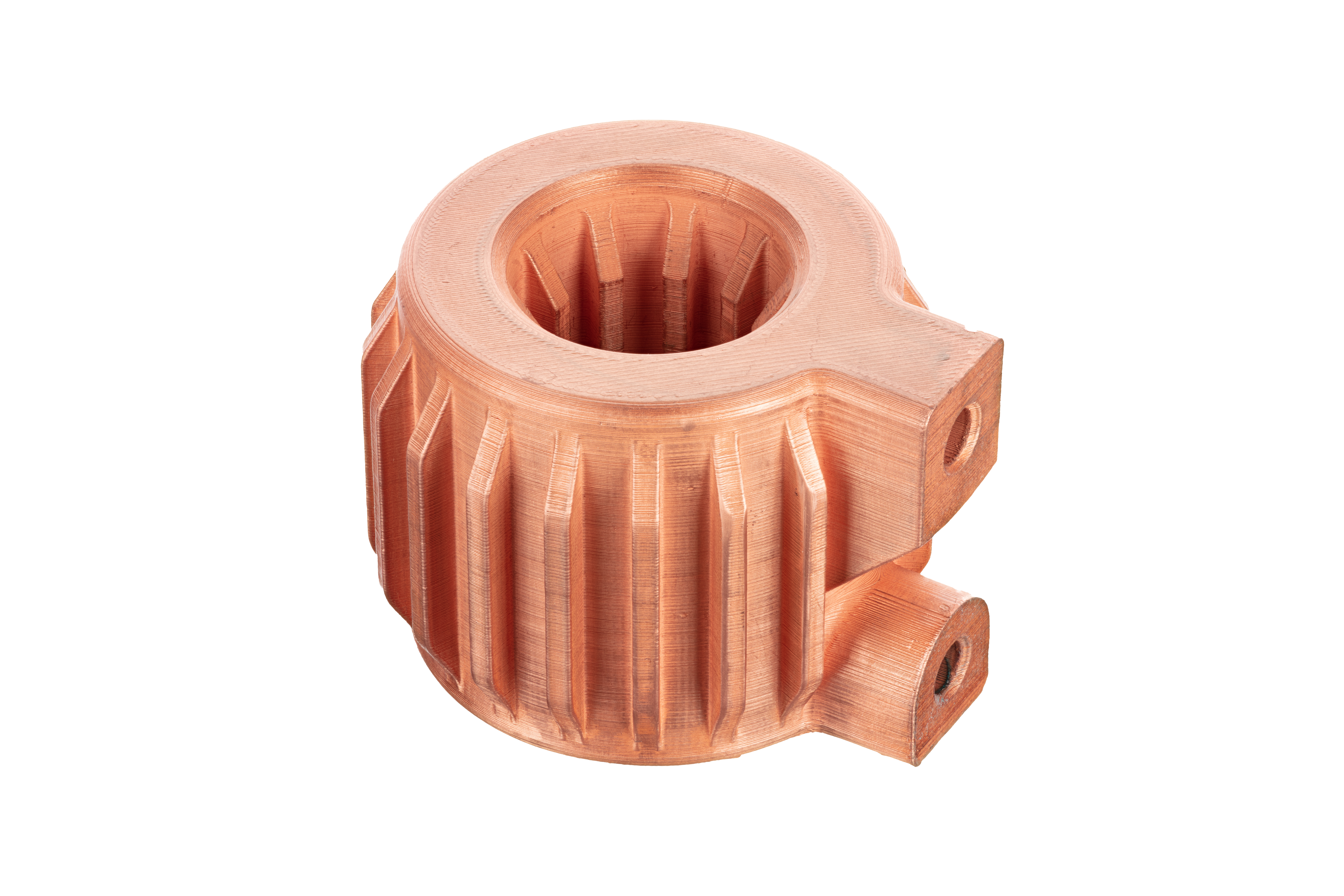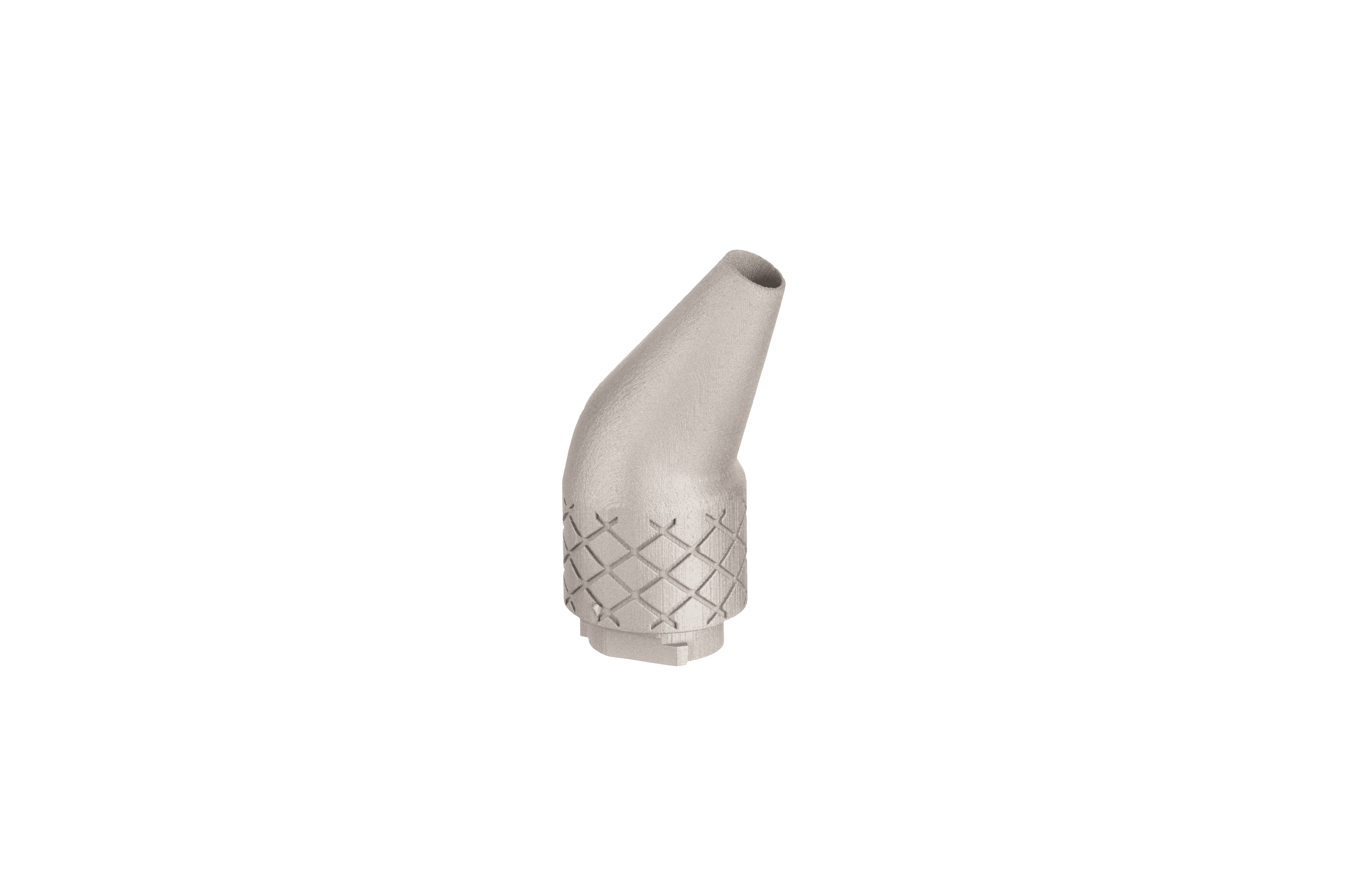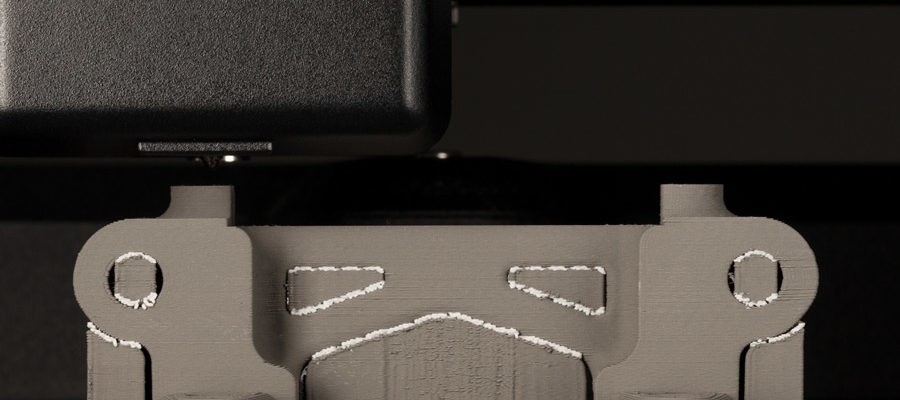For engineers and designers alike, their biggest challenge isn’t always to design a part that meets certain specifications.
Very often, the part design can happen relatively easily, and the real challenge is to refine the design to make it cost-effective to manufacture.
One obstacle to practical manufacturing solutions for a new part that can be more difficult to overcome than others is in designing parts that require internal features and channels.
However, for 3D-printed parts, not only is the obstacle completely eliminated, but new opportunities for complex internal features, contours and spaces are presented. Opportunities that would be impracticable using conventional manufacturing processes
Design for Additive Manufacturing (DfAM) – Internal Contours & Spaces Uses Cases
Insert for an Asthma Inhaler Mold
The mold insert for the mouthpieces of an asthma inhaler is manufactured using injection molding.
Cooling time can often be as much as 95% of the overall manufacturing time of a plastic injection molded part. Designers incorporate cooling channels in their design, contoured to the surface of the part, to optimize heat loss and reduce cooling time by up to 40%.
The faster manufacturing times allow the shop to finish production runs faster, and increase their production capacity without any additional equipment or labour.
To withstand the stresses of the hard plastic used for the injection molding, the part is made of H13 steel, which can cause significant tool wear during machining and slower throughput.

Additive manufacturing made it possible to print the part to near-final specs, and a 95% reduction in CNC machine requirement. The result? Faster throughput times and longer CNC machine life cycles.
Helical Heat Exchanger
The heat exchanger is used to lower the temperature of fluids on an ongoing basis in a chemical processing facility.

Designed to be produced using additive manufacturing, engineers were able to develop the part completely focused on its specific purpose, versus also designing it for easier manufacturing. The internal cooling channel that allows the part to best meet its required performance characteristics would make it impossible to build using traditional manufacturing.
While the channel significantly improved heat transfer rates, the addition of internal and external fins expanded the part’s heat transfer capacity for very little added manufacturing cost. And using copper for metal 3D-printing the part further extended the thermal conductivity of the finished heat exchanger.
Surgical Nozzle
Used during surgical procedures, outcomes are improved if the nozzle is customized for the patient. The nozzle’s internal channel would need complicated machining with a number of different setups.

Additive manufacturing lowers manufacturing costs and accelerates production ties by eliminating the need for all machining steps. And nozzles are quickly and easily printed for each patient.
Find out more about DfAM in our article “Design for Additive Manufacturing Generative Design Use Cases”
